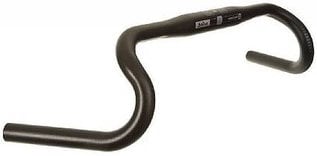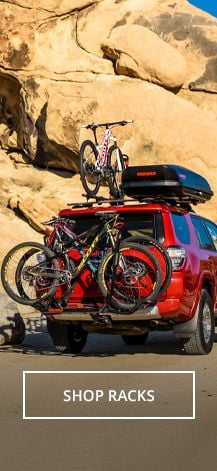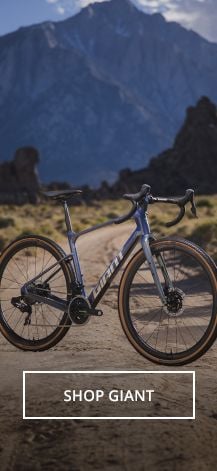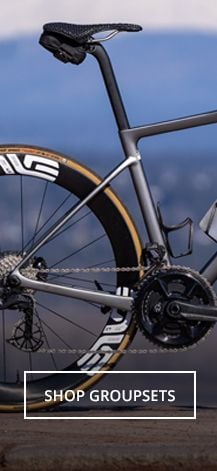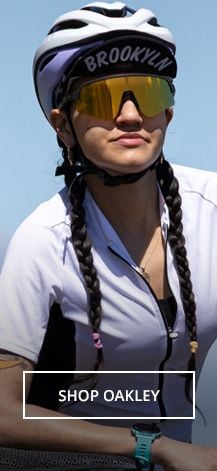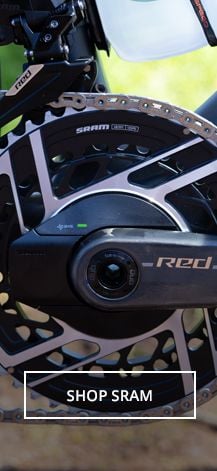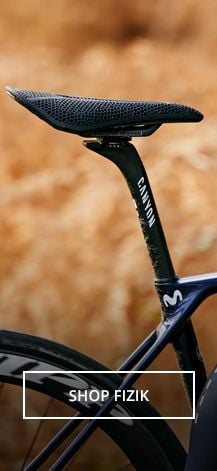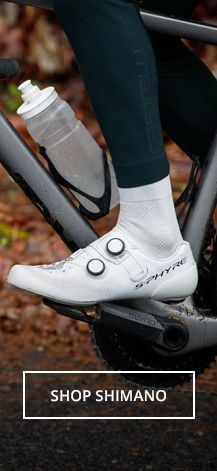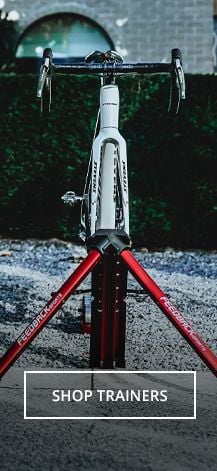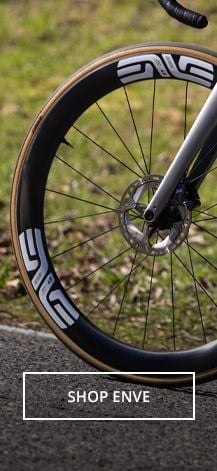Road Bike Handlebars
Road bike handlebars: if you've seen one, you've seen 'em all, right? Yup, they pretty much all have a straight part across the top and then swoop forward, down, and back, but subtle differences in the shape, size, and material of the flats and drops on a handlebar can make a big difference.
As with most cycling components, the range of available handlebars has greatly increased in recent years. The introduction of carbon fiber as a primary material in the construction of bike parts has contributed to a great deal of variety in the types of handlebars available. Of course, the focus on carbon fiber components has also made for some expensive parts! Here, we'll try and cut through some of the marketing hype to help you decide which handlebars will best suit your needs.
Carbon Handlebars
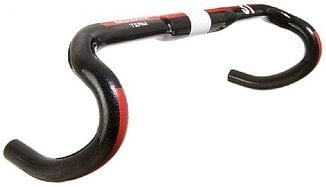
Carbon is also infinitely moldable, which means that carbon bars can be made with all kinds of ergonomic shaping and sleek cable routing.
On the "cons" side is the durability issue. While no handlebar should ever fail under normal riding conditions, bars often get the worst knocks in a crash. Carbon bars should be discarded, or at least demoted from your race bike, in the event of a crash. Even if no visible damage has occurred, carbon components can develop internal cracks that severely undermind the structural integrity of the product. Carbon bars can also be damaged by an overtightened clamp.
Aluminum Handlebars
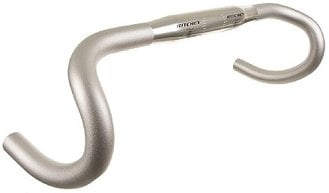 Aluminum bars have two things going for them: light weight and reliability. They also tend to be less expensive than their carbon counterparts. Aluminum is light and extremely rigid. The drawback is that the rigidity of aluminum limits design possibilities. Many of the more elaborate ergonomic designs and cable routing methods would compromise the material's stiffness and make the bars less reliable.
Aluminum bars have two things going for them: light weight and reliability. They also tend to be less expensive than their carbon counterparts. Aluminum is light and extremely rigid. The drawback is that the rigidity of aluminum limits design possibilities. Many of the more elaborate ergonomic designs and cable routing methods would compromise the material's stiffness and make the bars less reliable.
Aluminum bars remain the choice of many pro riders. A high-quality aluminum bar like the Zipp Service Course SL-88 Handlebar is definitely race-worthy, with a weight comparable to carbon, a high degree of stiffness, and utilitarian design. Perfect for the hardest climb or the toughest cyclocross course. While these bars may lack the stylish appeal of flashy carbon, they match the performance at a much friendlier price.
Clamp Size
Once upon a time, hard-working bike component engineers realized they could make handlebars lighter and stiffer by increasing the diameter of the bar where it clamps to the stem. This gave rise to a new "oversize" 31.8mm clamp diameter standard, which is now more prevalent than the old 26.0mm clamp diameter. Both are still widely available, however. A "standard" 26.0mm can be used with a 31.8mm stem by using a Problem Solvers Handlebar Shim.
The Bend
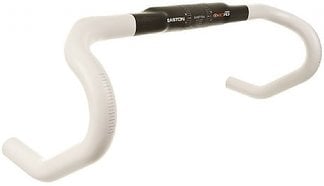 Many handlebars are labeled as either "ergo" or "classic" bend. These labels refer to the lower grips—the "drops"—of the bar. Classic bars feature smooth half circles between the tops and the drops, while ergo bars feature a flattened section as the bend approaches the drops. Ergo bars are designed to more comfortably accomodate varied riding positions while in the drops.
Many handlebars are labeled as either "ergo" or "classic" bend. These labels refer to the lower grips—the "drops"—of the bar. Classic bars feature smooth half circles between the tops and the drops, while ergo bars feature a flattened section as the bend approaches the drops. Ergo bars are designed to more comfortably accomodate varied riding positions while in the drops.
The round arch of classic bend bars is graceful, but the lower section of the semi-circle tends to be difficult to hold onto. When a rider is generating a large amount of power, as one usually is while riding in the drops, it can be frustrating to be grasping at an area of the handlebars not designed to fit your hand. Manufacturers solved the reach problem by flattening out the lower section of the bend to provide a larger surface area to hold onto. The Easton EC70 Aero Road Handlebar, for example, has a very pronounced ergo section. Exaggerated bends like this are especially popular with criterium and cyclocross racers, who demand a quick switch to the drops.
Many road bars sold today offer subtle ergo bends. If you look closely at the Easton EA50 Compact Road Handlebar, for example, you'll see that the bend is slightly flattened as it reaches the drops. This goes a long way towards providing comfort on the bike when you need it most.
Of course, some riders prefer traditional round bends, finding them more versatile. The Ritchey WCS NeoClassic Handlebar or Ritchey Classic NeoClassic Handlebar will serve those riders well.
